Is Inequality Inevitable
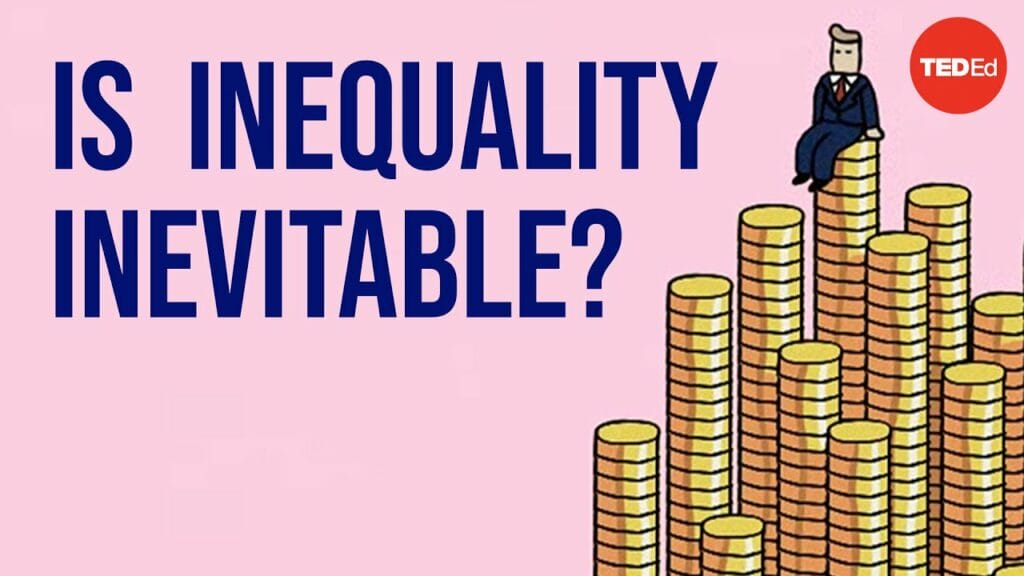
The article discusses wealth inequality in South Africa and explores the question of whether inequality is inevitable. It explains the use of the Gini index to measure inequality and highlights the limitations of this measure. The article also examines the role of government choices and economic systems in contributing to inequality, and discusses ways to reduce inequality, such as progressive taxes, transfers, and access to services. It concludes by emphasizing the global divide in wealth and power and the need to weaken the feedback loops that perpetuate inequality.
How Did They Build The Great Pyramid Of Giza
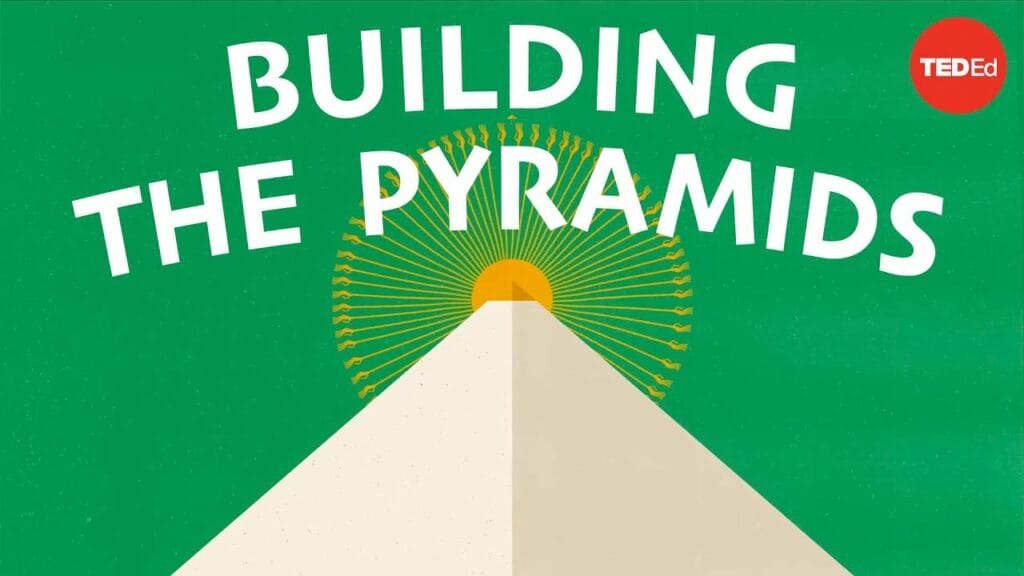
The article discusses the construction of the Great Pyramid of Pharaoh Khufu. It highlights the immense effort and labor that went into building the pyramid, including the use of a large workforce, the quarrying of limestone and granite, and the construction techniques employed. The article also mentions the interior of the pyramid and the use of granite for support beams, as well as the completion of the structure with a polished white limestone exterior and a capstone.
What’s The Smartest Age
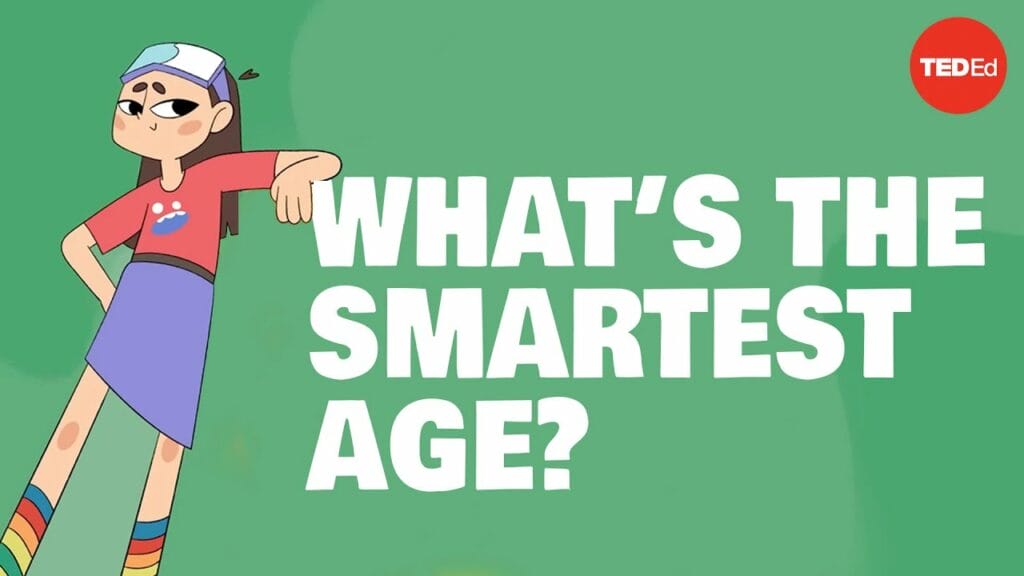
The article discusses the concept of intelligence and the idea of being “smart” at different ages. It explains that different skills and abilities develop at different stages of life, and there is no single age that can be considered the smartest. The author concludes that having an age-diverse team is a good strategy for the Brain Clash competition.
Why Is It So Hard To Cure The Common Cold
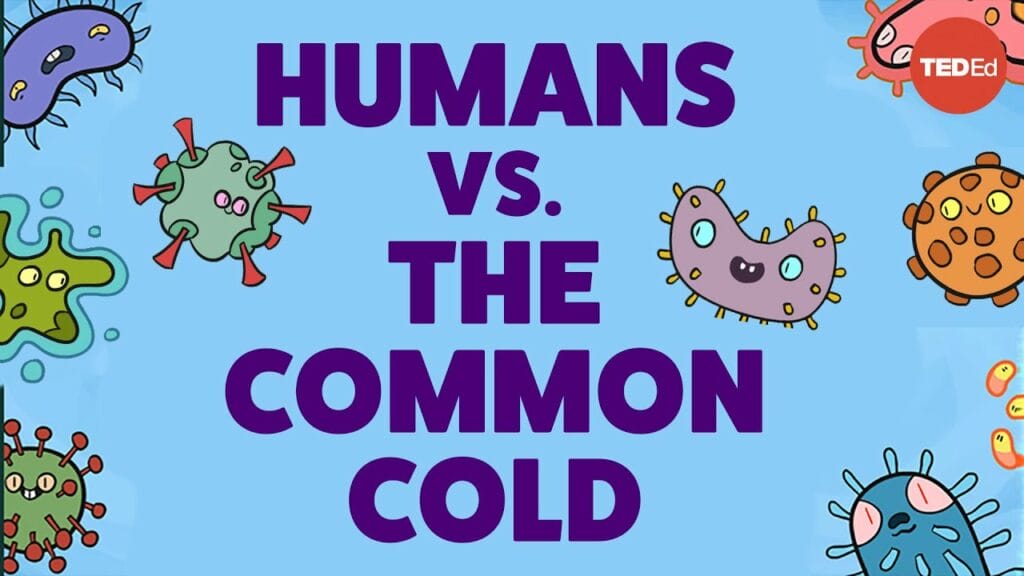
The article discusses the challenges of treating the common cold, highlighting the rapid mutation of the virus that can outmaneuver years of research and development. It explains that the common cold is caused by many different viruses, making it difficult to find a cure, but suggests that targeting the rhinovirus, which causes a significant portion of colds, could be a step towards finding a cure. The article also mentions the challenges of developing vaccines and antiviral drugs, but remains hopeful for future breakthroughs, such as the potential use of CRISPR as an antiviral agent.
Gibberish, Urine, And Utter Chaos – What Happens When You Sleepwalk
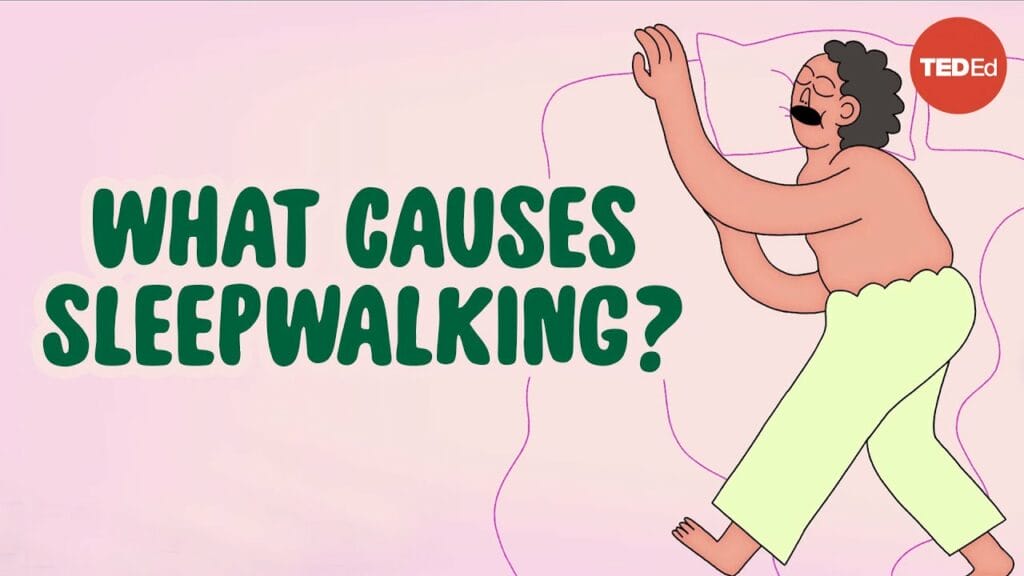
Sleepwalking is a common phenomenon that occurs during the deepest stage of non-REM sleep. Sleepwalkers are able to perform basic tasks and can sometimes engage in more complex activities like cooking or driving. The exact causes of sleepwalking are not fully understood, but factors such as stress, sleep disorders, and sedatives can increase the likelihood. Treatment options include promoting healthy sleep habits, implementing safety measures, and considering medication if necessary. If encountering a sleepwalker, it is best to gently guide them back to bed and ensure their safety until the episode resolves.
Is Capitalism Actually Broken
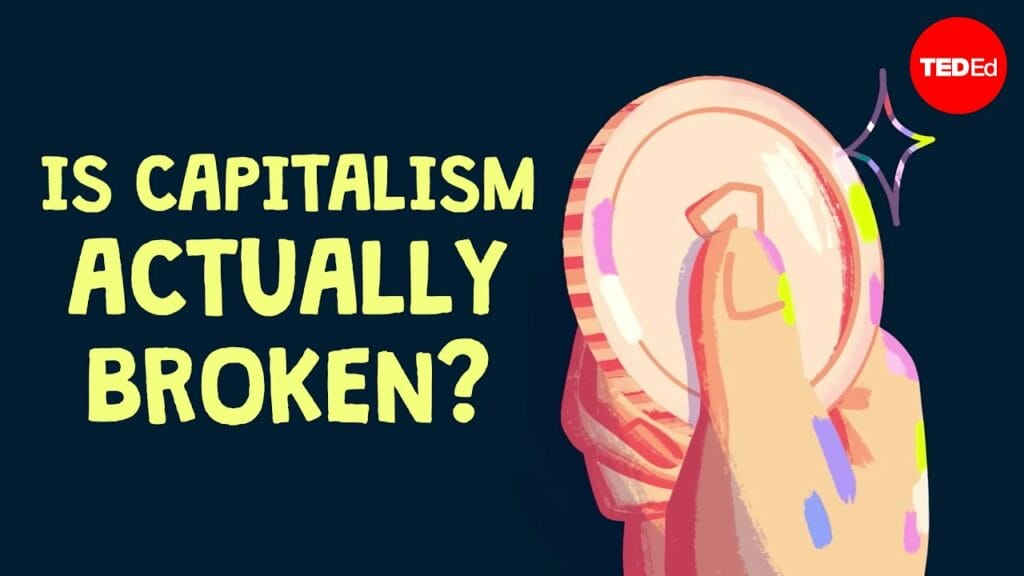
The article discusses the different aspects of capitalism and its challenges. It explains how capitalism is not a singular system but rather a spectrum of economies with varying degrees of government control and market influence. The article also highlights issues such as climate change, rising inequality, and the need to address these challenges within the framework of capitalism. Ultimately, it poses the question of whether contemporary capitalism can be fixed or if a new economic system needs to be built.
Could One Vaccine Protect Against Everything
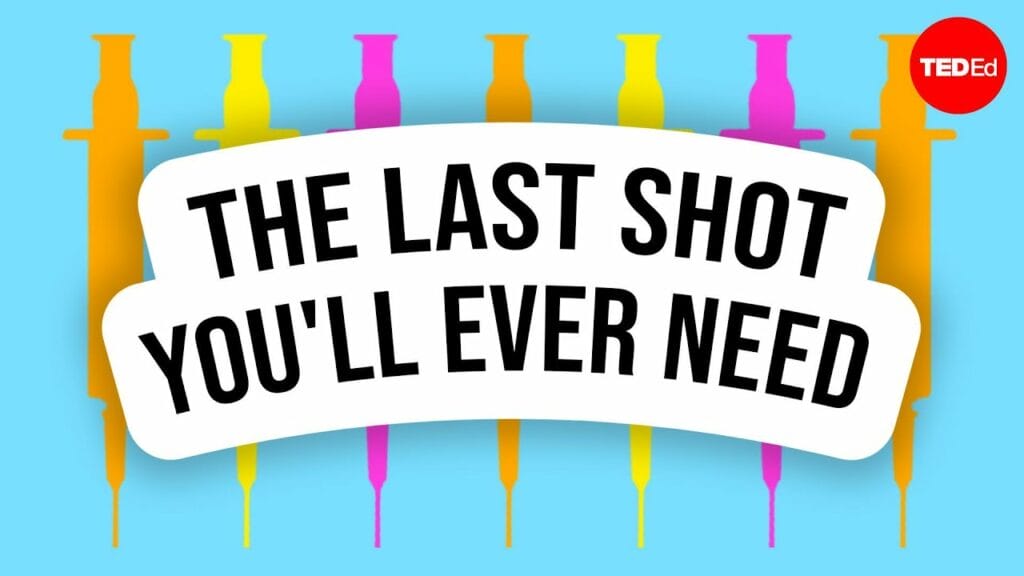
The article discusses the concept of a universal vaccine that could protect against all diseases. It focuses on the development of a universal flu vaccine that could protect against all strains of the flu, including future ones. The article explores the challenges in vaccine development, the design of a universal vaccine, and emerging science in the field. While a fully universal vaccine against all infectious diseases is currently beyond our reach, the article suggests that advancements in medical technology could bring us closer to this goal in the future.
Ethical Dilemma Whose Life Is More Valuable
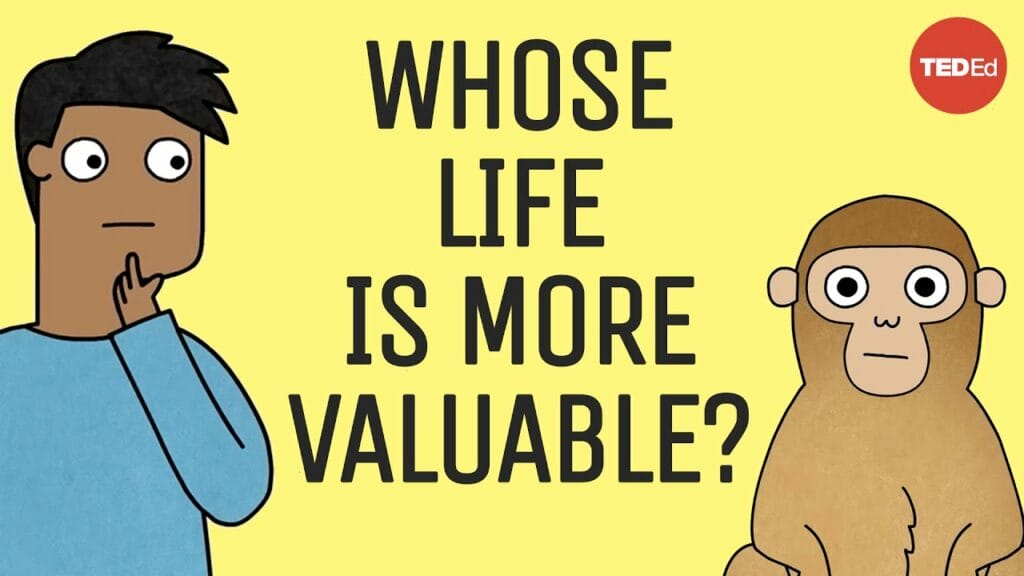
The article discusses the ethical dilemma of using animal testing to protect against the potential threat of smallpox. While it is unethical to expose humans to the virus, labs are using animals as research subjects, raising the question of whether it is right to harm animals to protect humanity. The article explores different philosophical perspectives on the value of life and moral status, highlighting the complexities and uncertainties involved in making moral decisions.
Will There Be Another Pandemic In Your Lifetime
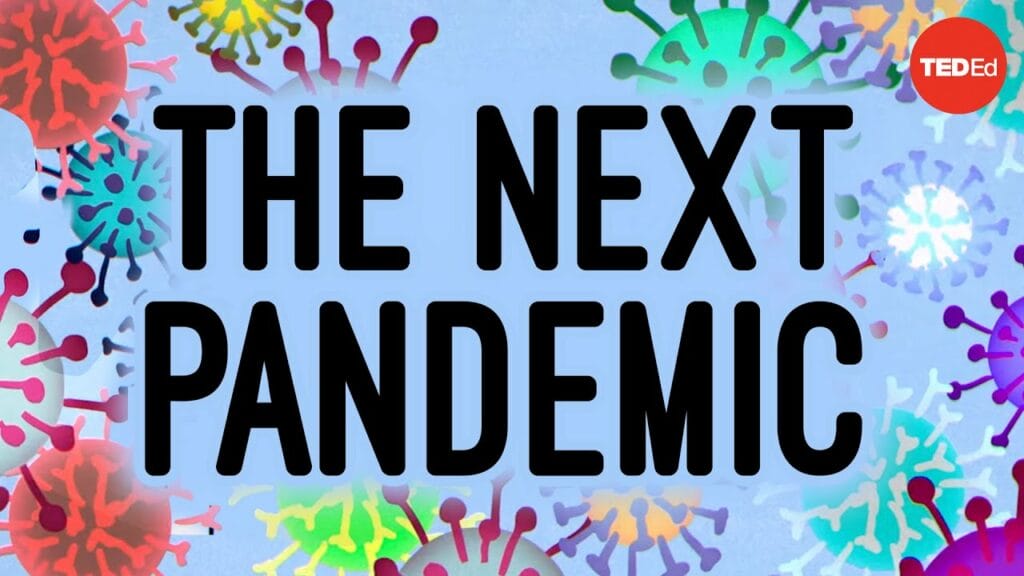
The article discusses the reality of pandemics and the probability of future pandemics. It highlights that pandemics are not as unlikely as we may think, with several global pandemics occurring in recent history. The article also explores different ways to estimate the likelihood of future pandemics and emphasizes the importance of reducing the risk through measures such as early warning systems, contact tracing, and vaccines. It concludes by stating that we have the power to change these probabilities and must take the threat seriously to create a safer future.
How Do Oysters Make Pearls
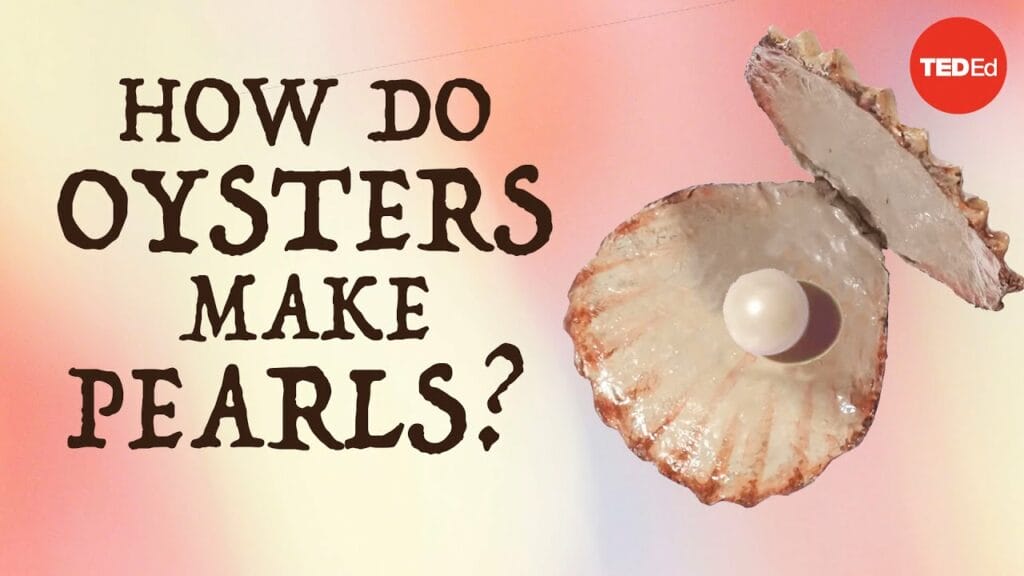
The article explains how calcium carbonate, a common compound found in the Earth’s crust and in the sea, is used by sea creatures to create various structures such as shells and pearls. Mollusks, like oysters, use proteins and crystal structures to manipulate calcium carbonate and create different types of shells. Nacre, a special form of aragonite, is particularly strong and versatile, and is used by mollusks as a defense mechanism to create pearls.